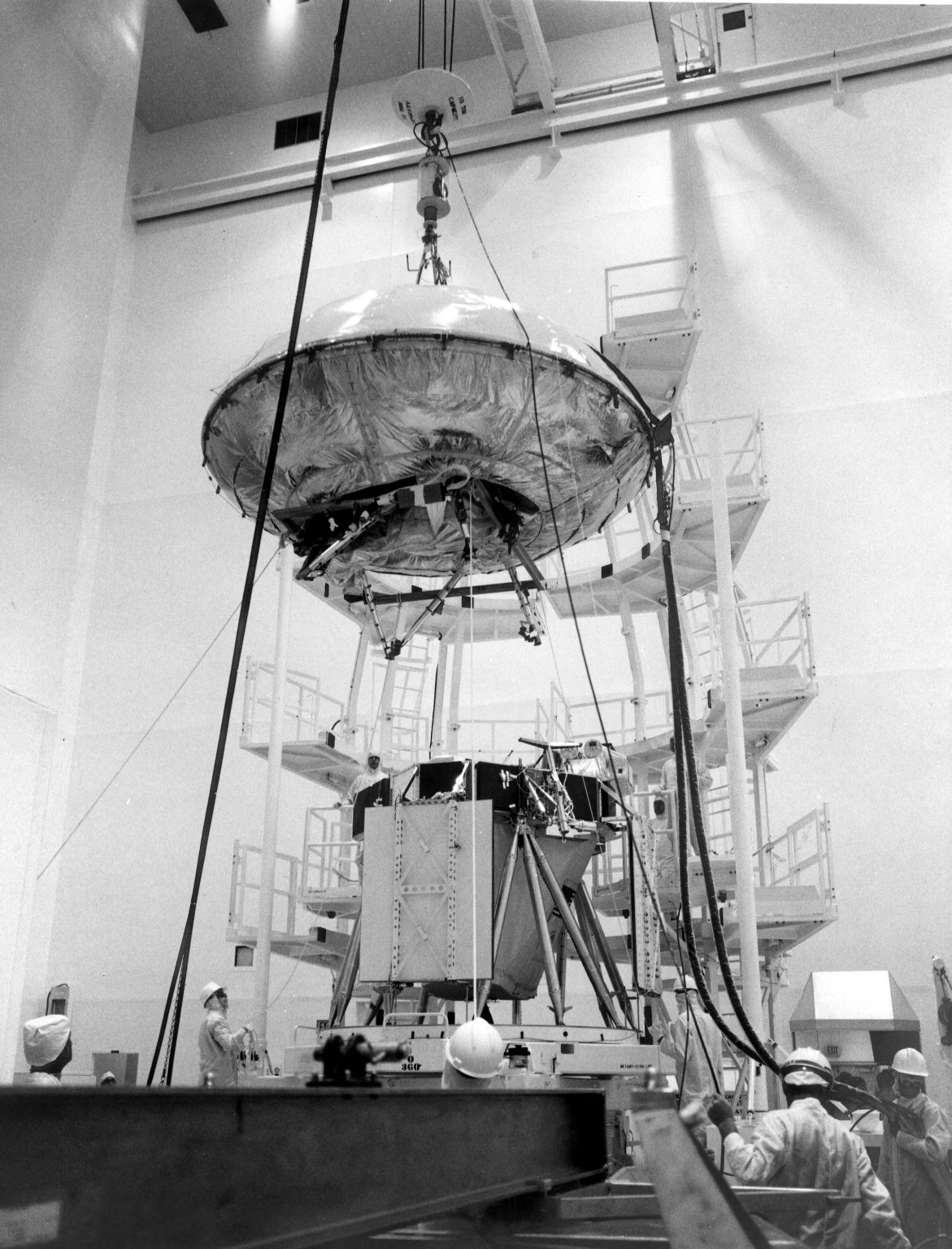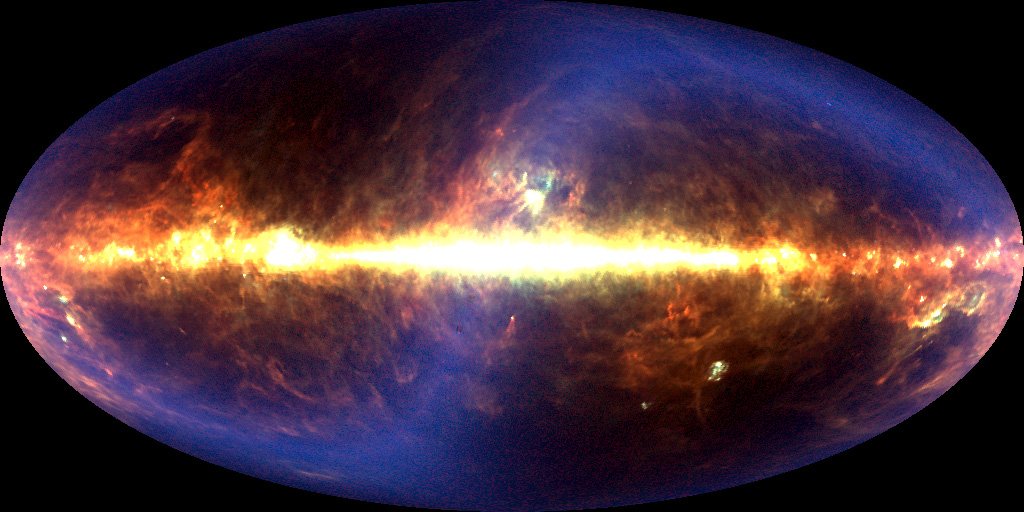
By Steven J. Dick
NASA’s founding document, the National Aeronautics and Space Act of 1958, specifically charged the new agency with eight objectives, including “the establishment of long-range studies of the potential benefits to be gained from, the opportunities for, and the problems involved in the utilization of aeronautical and space activities for peaceful and scientific purposes.” Although the Space Act has been often amended, this provision has never changed and still remains one of the main objectives of NASA.1 Despite a few early studies, the mandate to study societal impact has largely gone unfulfilled as NASA concentrated on the many opportunities and technical problems of space flight itself.
As NASA celebrates its fiftieth anniversary, it is time to take up the challenge once again. Multidecade programs to explore the planets, build and operate large space telescopes and space stations, or take humans to the moon and Mars require that the public have a vested interest. But whether or not the ambitious space visions of the United States and other countries are fulfilled, the question of societal impact over the past fifty years remains urgent, and may in fact help fulfill current visions, or at least raise the level of debate.
It seems obvious that certain turning points in the history of space flight must have had an impact: Sputnik, the moon landing, the Space Shuttle disasters, and so on are etched in memory for better or worse. But unpacking the nature and extent of that impact is no simple task. Secondly, a commercial and economic component to space flight is undeniable. It ranges from a far-reaching aerospace industry to the famous (and sometimes literally legendary) “spinoffs;” it is a part of national and international political economy; and it has sometimes measurable, but often elusive, effects on daily life and commerce. Economic impact is closely related to a third area: applications satellites, which are in turn often inseparable from environmental issues and national security.
Imaging Earth from space and global space surveillance have played an arguably central role in the increasingly heated debate over global climate change and have changed the manner in which national security issues are understood and interpreted. Just how central is a matter that only historical analysis can reveal. In a fourth domain, that of social impact, space activities have affected science, math, and engineering education; embodied questions of status, civil rights, and gender, among other social issues; and led to the creation of “space states” such as California, Florida, and Texas. Finally, space flight has affected culture in multiple ways, ranging from worldviews altered or completely transformed by the images of Earth from space and the spectacular views of space from Earth-orbiting spacecraft, to a sense of our place in the universe made possible by studies of cosmic evolution and the search for extraterrestrial life, and the embodiment of these and other themes in literature and the arts.
These overarching themes raise further questions. What is the difference between social impact and cultural impact? What is the interplay between space flight and those enduring American values of pioneering, progress, enterprise, and rugged individualism? How does this interplay differ from experiences in the Soviet/Russian, European, or Chinese milieu? How has space flight affected conceptions of self and others, as well as our understanding of our purpose in the universe?
Despite the importance of the subject, very few systematic studies of the societal impact of space exploration have been undertaken over the past fifty years. One exception that stands out from four decades ago is The Railroad and the Space Program: An Exploration of Historical Analogy. Funded by NASA through the American Academy of Arts and Sciences, The Railroad and the Space Program focused on the uses of historical analogy to illuminate the problem of societal impact. Confident in the use of historical analogy as suggestive, but not predictive, of the future, the authors of the volume elaborated on two technological events whose beginnings were separated in time by 150 years. The railroad was, they said, an engine of social revolution that had its greatest impact a full fifty years after the start of the railways in America. As a transportation system, the railway had to be competitive with canals and turnpikes, and twenty years after the start of railways in America, more miles of canals were being built than railroads. It was not initially clear that railroads could be economically feasible. In the course of the nineteenth century, they represented human conquest of natural obstacles, with consequences for humans’ view of nature and our place in it. Moreover, secondary consequences often turned out to have greater societal impact than the supposed primary purposes for which they were built. And though many technological, economic, and managerial hurdles needed to be overcome, railroads are still with us.
The space program has had, and still has, its technological challenges, and the economic benefits may be even longer term than the railroad. But by conquering the dimension of space as aviation did to a small extent in the thin skin of Earth’s atmosphere, and as the railroad did on the surface, in the long run the space program’s impact may exceed that of the railroad. Although originally suspicious of parallels with the past, present, and future, the authors in the end saw “the possibility of moving up onto a level of abstraction where the terrain of the past is suggestive of the topography of the present and its future projection.”2 They cautioned that in taking such an approach as much empirical detail should be used as possible, and that analogies drawn from vague generalities should be avoided. Four decades later, The Railroad and the Space Program still makes for relevant reading.
In addition to that early study, there have been other, sporadic forays. On the occasion of the sixtieth anniversary of the British Interplanetary Society, NASA was heavily involved in a special issue of its journal devoted to “the impact of space on culture.”3 There NASA scientists Charles Elachi (now director of the Jet Propulsion Laboratory) and W. I. McLaughlin, as well as historian Sylvia Kraemer, among others, discussed the impact of space endeavors on space science, politics, the fine arts, and education. In 1994 the Mission from Planet Earth program in the Office of Space Science at NASA sponsored a symposium entitled, “What is the value of space exploration?” A variety of speakers ranging from Carl Sagan to Stephen Jay Gould discussed the scientific, economic, cultural, and educational impact of space exploration.4
More recently, in 2005 the International Academy of Astronautics (IAA), which has a commission devoted to space and society, sponsored the first international conference on space and society in Budapest, Hungary. The IAA and the European Space Agency jointly sponsored a study published as The Impact of Space Activities upon Society,6 in which well-known players on the world scene briefly discussed their ideas of societal impact, ranging from the practical to the inspirational.
The authors of more general studies of space flight have on occasion tackled the subject of societal impact. In her book Rocket Dreams: How the Space Age Shaped Our Vision of a World Beyond, Marina Benjamin argues that space exploration has shaped our worldviews in more ways than one. “The impact of seeing the Earth from space focused our energies on the home planet in unprecedented ways, dramatically affecting our relationship to the natural world and our appreciation of the greater community of mankind, and prompting a revolution in our understanding of the earth as a living system,” she wrote. Benjamin thinks it no coincidence that the first Earth Day on April 20, 1970, occurred in the midst of the Apollo program; that one of the astronauts developed a new school of spiritualism while others have also been profoundly affected spiritually; or that people “should be drawn to an innovative model for the domestic economy sprung free from the American space program by NASA Administrator James Webb.” Space exploration shapes worldviews and changes cultures in unexpected ways; by corollary so does lack of exploration.7
Others have demonstrated the complex relation of space goals to social, racial, and political themes. One such study is De Witt Kilgore’s Astrofuturism: Science, Race, and Visions of Utopia in Space, where the author examines the work of Wernher von Braun, Willy Ley, Robert Heinlein, Arthur C. Clarke, Gentry Lee, Gerard O’Neill, and Ben Bova, among others, in what he calls the tradition of American astrofuturism.8
All these topics are discussed in the volume Societal Impact of Spaceflight Part 1 and Part 2. recently published in the NASA History series. As NASA moves forward with its new vision for space exploration, understanding the societal impact of space flight may prove essential for sustaining its programs during the next fifty years.
- The National Aeronautics and Space Act and its complete legislative history.
The passage quoted here is on page 6. - Bruce Mazlish, ed., The Railroad and the Space Program: An Exploration in Historical Analogy (Cambridge, MA: MIT Press, 1965).
- British Interplanetary Society, “The Impact of Space on Culture,” Journal of the British Interplanetary Society 46, no. 11 (1993).
- NASA, What is the value of space exploration?, July 18–19, 1994, NASA History Reference Collection.
- IAA, 2005. Meeting agenda.
- European Space Agency, The Impact of Space Activities upon Society, ESA BR-237, 2005.
- Marina Benjamin, Rocket Dreams: How the Space Age Shaped our Vision of a World Beyond (New York: Free Press, 2003).
- De Witt Douglas Kilgore, Astrofuturism: Science, Race, and Visions of Utopia in Space (Philadelphia: University of Pennsylvania Press, 2003).
About the Author
 |
Steven J. Dick is NASA’s Chief Historian. |







